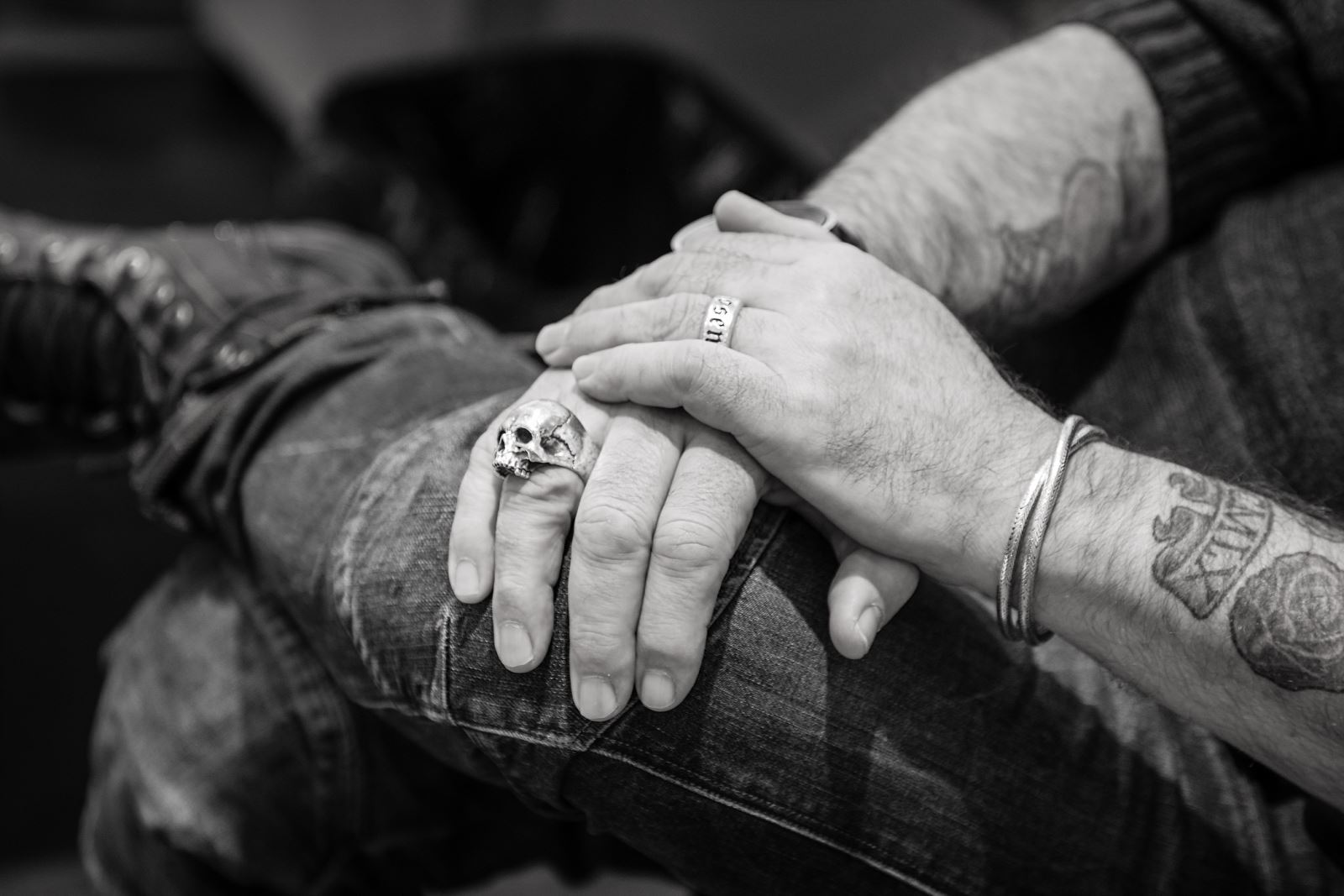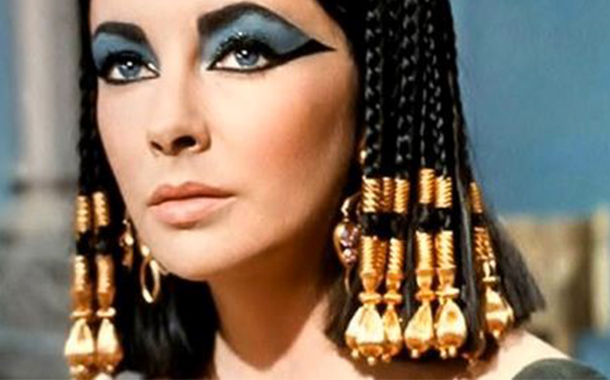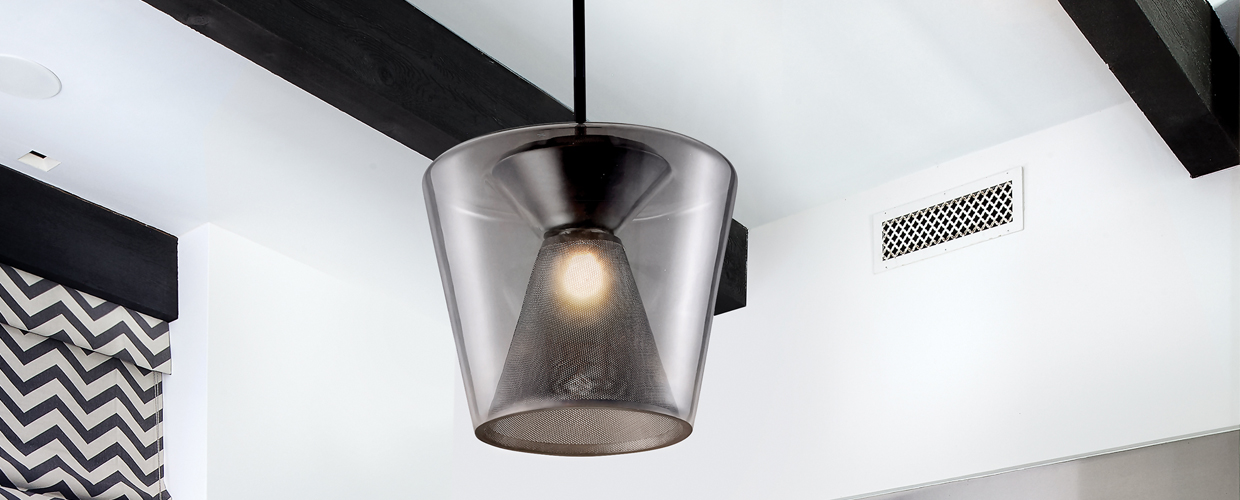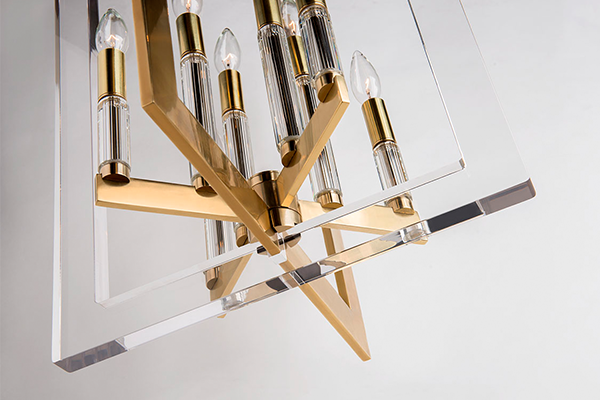The day we sit down for our chat for this post, it’s the first work anniversary of today’s Insider subject: Tim Huthert. A year previously, Hudson Valley Lighting had the good fortune of finding this talented, disciplined, and productive designer.

One of the things that first stood out about this mysterious figure who occasionally emerged from the back room in the warehouse at our old building was his British accent. The other was his constant black attire. Once we began talking over lunch, we discovered a mutual love for John Varvatos, discussing online deals on boots by the fashion company. It wasn’t long before it was clear Tim had an interesting history.
Throughout the eighties, Tim played drums in a number of bands with underground followings, starting out in post-punk ensemble Bone Orchard; joining goth rock band Specimen, who spawned the dance hit, “Kiss Kiss Bang Bang;” and transitioning from that band to one they were touring with, the influential but short-lived Until December, which successfully combined a few genres while making hard-hitting dance music. Nascent bands such as Jane's Addiction opened for Until December while Tim toured in the expanded outfit, bringing the beat with two drummers.

Glory of the 80s: Tim in his goth-glam glory days.
He made his way from industrial music to industrial design, after a decade in hospitality betwixt the two left him creatively unfulfilled. Naturally, we found this life's journey fascinating. How did that happen? Sitting down in our downstairs conference room with its huge Fleming fixture over our heads, Tim easily identifies the through-thread: art.
Tim says he was always interested in art. He can recall being moved by it and dabbling and drawing himself from the age of nine. He credits his mother with nurturing this interest.
A lot of people, when they live in a city filled with interesting opportunities, seldom partake of the cultural enrichment all around them. Not so with the Hutherts. Growing up in London, Tim’s mother took him and his brother and sister to the Tower of London, the Victoria & Albert Museum, and other places to soak up history, design, and art. A grandfather was a cabinetmaker by hobby and built coaches for Rolls Royce (it was good for his voice), while his mum made crystal-drop chandeliers, also as a hobby. It seemed as though making decorative, useful home furnishings was in his blood. (His sister, Suzanne Trocmé, has also settled into a very successful life in design.)
Excelling in jewelry making and ceramic sculpture in high school, Tim started university at West Surrey College of Art & Design and was enjoying his coursework. This interest in jewelry is still evident. A thick ring adorns both ringfingers. His wedding band has the word "Chosen" inscribed in it; a skull ring adorns the other. A heavy metal watch cuffs one wrist to time; the other wrist is braceleted with thick twists of organic silver.

However, like many other young men in art school in England at the time, he was also in a band, as new, exciting sounds were being created. Bolan and Bowie had left a huge impact and this glam-inspired generation was inventing punk, then post-punk. Tim was in a band with a very talented lead singer and guitarist called The Virgin Daze, and things were looking up for them. He left college and was all set for a debut with this promising outfit. A lucrative record deal was in the works.
Then, it all fell through. (“As is so often the case with these things,” Tim adds wistfully. And it's true.)
It wasn’t long before another opportunity presented itself.
A friend was involved in staging a Bowie-inspired play “Crack in the Sky” in Brighton. Tim lent his formidable presence behind the kit to play the part of Woody Woodmansey, drummer of the Spiders from Mars, the band behind David Bowie’s fictional alter-ego Ziggy Stardust. (Later, he would meet and nearly work with hero Mick Ronson—Bowie's guitarist on The Man Who Sold the World, Hunky Dory, Ziggy Stardust, Aladdin Sane, and Pin Ups; Dylan's guitar player on his Rolling Thunder Revue tour; co-writer of John Mellencamp's "Jack and Diane;" and architect, along with Bowie and Reed, of Lou Reed's glam masterpiece, Transformer.)

By Garry Knight (Flickr: Brighton June 2012 - 17) [CC BY-SA 2.0 (http://creativecommons.org/licenses/by-sa/2.0)], via Wikimedia Commons
It was 1982 in Brighton, and the air was heady with cross-streams of youth cultures, making music. Tim was young and living for each day—or night, more precisely—as it came, with no thought for the future. Nights were spent behind the bar, mixing up drinks, and out on the floor, performing in bands. It was in this environment in Brighton that Tim met the man who would go on to become his life-long best friend, Jon Klein. Klein was one of the founding members of Specimen, a co-founder of London goth hub The Batcave, and went on to play for Siouxsie & The Banshees for the last seven years of their career, featuring on their biggest US hit, “Kiss Them for Me.”
This friendship lead to Tim leaving Bone Orchard to hold the beat and up the glam in Klein's band, Specimen, who incorporated elements of glam, goth, and punk. Such was the glam influence that the costumes and make-up they performed in was nearly as important as the music itself, and had a lasting influence on pop culture. (For a fun video of the band in full rock 'n' roll regalia playing on mid-eighties British television show for children, No. 73, click here). A few years ago, Klein and another founding member attended a symposium “Subculture and Style” at the Fashion Institute of Technology where outfits from the band’s heyday were presented as art alongside clothes designed by couture geniuses such as Alexander McQueen, John Galliano, and Rick Owens.
Specimen broke up in the mid-eighties and Tim spent a year working in a factory in England. A reformation and tour in the states became a key turning point in Tim’s life. Rather than just doing a tour of the US, he wound up staying here.
.jpg)
His current band was touring with Until December, who were based out of San Francisco. As the uneasily reformed Specimen splintered again, Tim was invited to join Until December. He was only too happy to oblige.
Asked about them now, Tim gets a faraway, almost misty look in his eyes, and seems to settle into himself, his tattooed arms crossed comfortably across his chest. "I don't think they ever got the recognition they deserved. We could've been much bigger. Adam [Sherburne, the band's leader] was mixing a few genres that hadn't really been mixed before. It wasn't just a dance band. He's a brilliant guy."
Following Adam Sherburne back to San Francisco, Tim discovered a vital environment of artists and ex-pats from the old country. He took up residence in San Francisco, fell in love with his wife, Paty, and, as the eighties came to an end, decided it was time to leave music and put his roots down. He spent the nineties managing the bar at Mad Dog in the Fog, years he describes as good and content.

The bar Tim managed for a decade as it is today. Image via Pinterest.
But discontent crept in as the millennium drew to a close. An inherently creative person, being out of music and squarely in hospitality was unfulfilling. Eventually, noticing the designs and ideas Tim would idly sketch in his spare time, his wife suggested he go back to school for design.
Unsure if it would go anywhere, he started coursework at a community college. A professor was very supportive, noting Tim’s excellent sense of proportion. He took an elective in industrial design on a lark and found that it contained all the things he loved. Looking for a school that was within commuting distance that had a strong program in industrial design, he enrolled in California College of the Arts.
From 1999-2003, Tim learned the skills and put them in practice, interning at a variety of interesting places while doing the coursework, designing toys, children’s furniture, and lighting. With a diploma in one hand and a portfolio in the other, he was ready to enter a great third chapter of his working adult life.
Tim got off to a good start at Pottery Barn Kids. Pottery Barn Kids is one of several home brands owned by the Williams-Sonoma company. This meant that Tim was able to easily transfer from company to company, specializing in different areas. Williams-Sonoma Home, Hold Everything, and Pottery Barn (lighting and accent furniture) all occupied Tim for a time. Pleased with his work, the company kept him on as a freelancer after one of the brands dissolved while he was working there. Though the respect was mutual, Tim wanted the stability of a salaried position.
Looking for something more permanent and stable, Tim tried living in Seattle and Texas, neither of which suited him, working as Senior Designer for Restoration Hardware (who still stocks some of his designs) and then JC Penney for two years each. During these years, he made great connections in the field and developed new skills. He and his wife decided to move to the North-East to be closer to her family.

Tim at work today at Hudson Valley Lighting. He prefers to work his designs out on his computer, going directly into 3-D modeling.
Enabling this move, Tim became Senior Designer for Ethan Allen, leading a team of designers while creating chandeliers and pendants as well as side tables and coffee tables. Tim traveled the world developing contacts, building relationships, and leading a team of designers. Tim was content, creatively fulfilled and enjoying the stability of his position. Though he could’ve comfortably continued, an offer came along that he couldn’t refuse.
Over the years, Tim had developed relationships with individuals who source the various materials of which home products are made and who run factories best equipped to efficiently produce furniture and lighting. He values these relationships and is clearly a principled man who lives by a certain ethical code. When these relationships became compromised as a result of his new employer, Tim decided it was time to look for a new company where he could apply his talent and dedication.

At the same moment, Hudson Valley Lighting was looking to expand the core team of designers and engineers that had taken the company this far. Tim was a perfect match for us. For the first six months, he worked in our old Newburgh facility’s back room, an odd interstitial space with no windows in the middle of the warehouse, stepping out to catch some air and daylight from time to time.
In the creation of our new headquarters, Tim got a dream workspace. The creative work environment missing in some of his previous engagements was now a reality. Sitting next to windows looking out on the hillside and treeline adjoining our new building, Tim works at his Mac, printing up his latest 3-D renderings and pinning them to the grey-mesh walls. He’s often alone, which suits him, until a new designer is hired. Soon, he’ll have a team, as Hudson Valley Lighting seeks to build a talented, hardworking, and diverse team of designers.
Walk into the studio now, and you’re immediately immersed in Tim’s music of the day, which he listens to constantly while working. He might be trancing out to the electronic pulses of Underworld, the synth washes of Tangerine Dream, or the perfect precision of Kraftwerk. Or, he might have a live album playing by an underappreciated eighties band, like Big Country. It could be an obscure glam or punk band he caught live in London in the seventies, who finally have received the reissue they deserve. His Apple Music Library is connected through BlueTooth to the Bose speakers in the ceiling. And yes, all the albums he has played on are in there.

All those years in music and bartending and you might think Tim’s a nocturnal sort. But nothing could be further from the truth. He discovered a decade or more ago that he is most creative and most productive in the very early morning, so Tim’s the first person in the building every morning. Each day of the week, Tim wakes in darkness at 3 AM, rolling out of his home in nearby Connecticut around 4:30. He’s at HVL HQ at 6 AM. Those first three or four hours, fresh from sleeping on some ideas, he’s working on 2-D and 3-D models of what may become Hudson Valley Lighting’s future products—the very ones that will enlighten your home and enhance your life. The second half of his day, he might be scouring for new design inspirations, assessing portfolios of potential candidates, refining ideas, touching base with contacts, or going through a rapid-fire question-and-answer review of his latest designs with David Littman, meant to strengthen the designs.
Like his hero, Mick Ronson, Tim leaves ego out of the whole equation. All the downsides one might imagine when one hears the term "rock star" and then imagines such a person in a day-to-day work setting simply don't apply. A quick review of his LinkedIn profile will show you numerous former colleagues talking about his fecundity, flexibility, and fast pace. By the end of our interview, it's not even clear which lighting fixtures he has been the principal creator of. Discussing certain egotistical persons in the worlds of celebrity and music, his distaste for such behavior is quietly evident.
All these years later from tagging around London with his mother, soaking in art and architecture, it's this vital element of human creativity that animates and sustains Tim. Art, music, and design put the roof over his head and are the windows through which he sees the world.









.jpg)












